Best Conditions for Plaster Installation
Plaster installations are sensitive to environmental conditions. The optimal time for applying plaster is during periods of stable, moderate weather to ensure proper curing and adhesion. Temperature and humidity levels significantly influence the quality of the finish and the longevity of the plaster surface.
The best conditions for plastering are temperatures between 50°F and 75°F, avoiding extreme heat or cold that can cause cracking or improper setting.
Low to moderate humidity levels facilitate proper drying. High humidity can delay curing and lead to surface issues.
Spring and fall are generally preferred seasons due to milder weather, reducing risks associated with temperature fluctuations.
Rain, snow, and high winds should be avoided during plaster application to prevent moisture intrusion and surface imperfections.
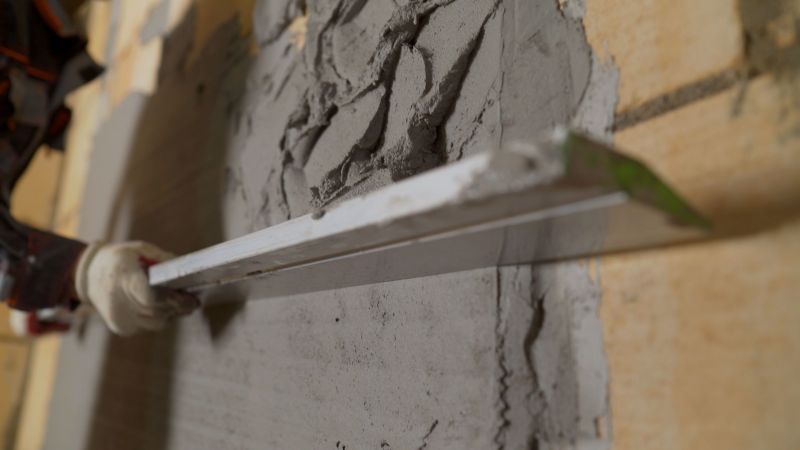
Proper conditions ensure a smooth finish and durable surface.

Ensuring optimal environmental conditions improves plaster quality.
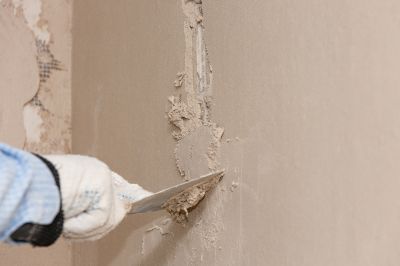
Spring offers mild weather ideal for plaster work.
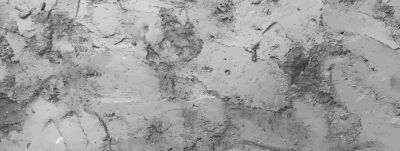
Ways to make Plaster Installations work in tight or awkward layouts.
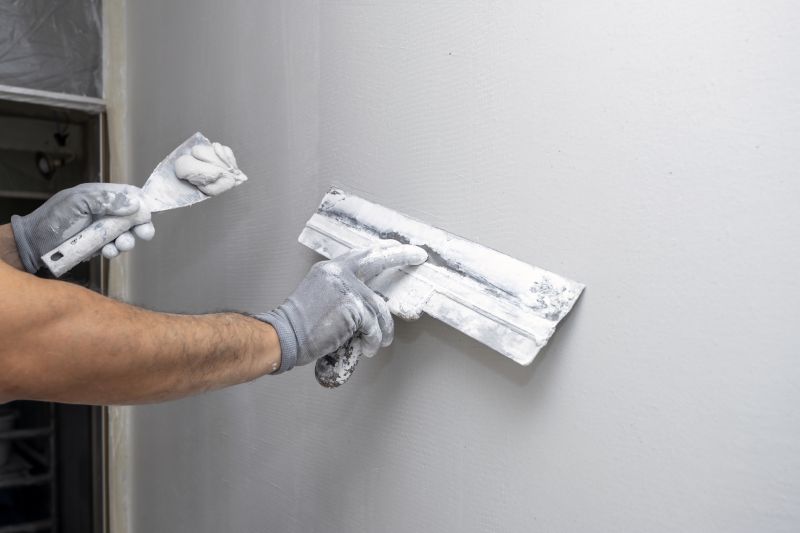
Popular materials for Plaster Installations and why they hold up over time.
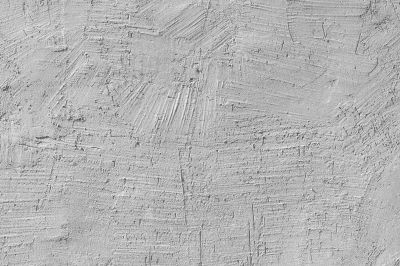
Simple add-ons that improve Plaster Installations without blowing the budget.
| Season | Recommended Conditions |
|---|---|
| Spring | Mild temperatures and moderate humidity |
| Summer | Early morning or late evening to avoid heat |
| Fall | Cooler temperatures with low humidity |
| Winter | Not recommended unless climate-controlled environments are available |
Plaster installations require careful consideration of environmental factors to achieve a high-quality finish. Proper timing not only affects the appearance but also the durability of the plaster surface. Understanding seasonal variations and weather patterns helps ensure the material cures correctly and maintains its integrity over time.
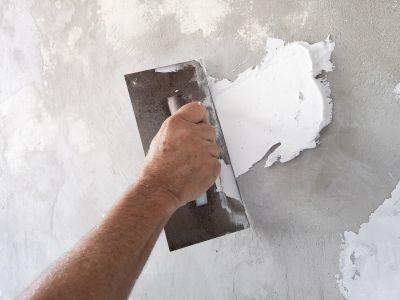
Ensures consistent application and curing.

Critical for surface quality and longevity.
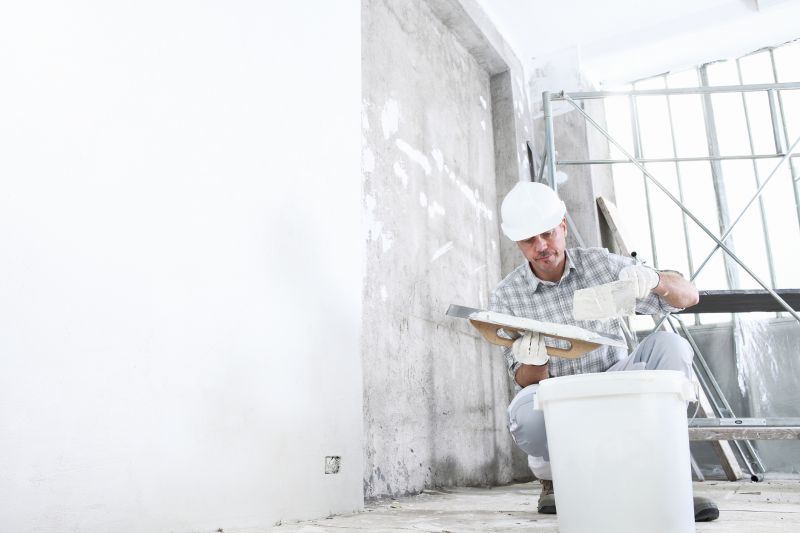
Choosing the right season improves results.

High-end options that actually feel worth it for Plaster Installations.
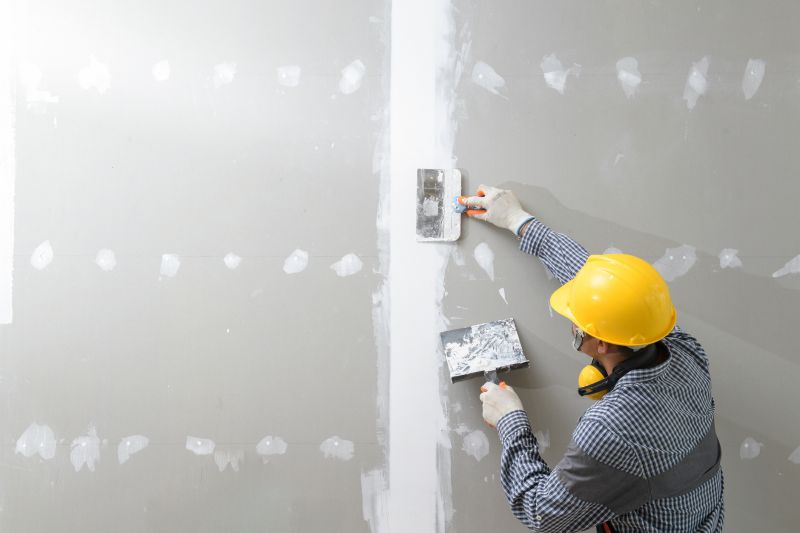
Finishes and colors that play nicely with Plaster Installations.
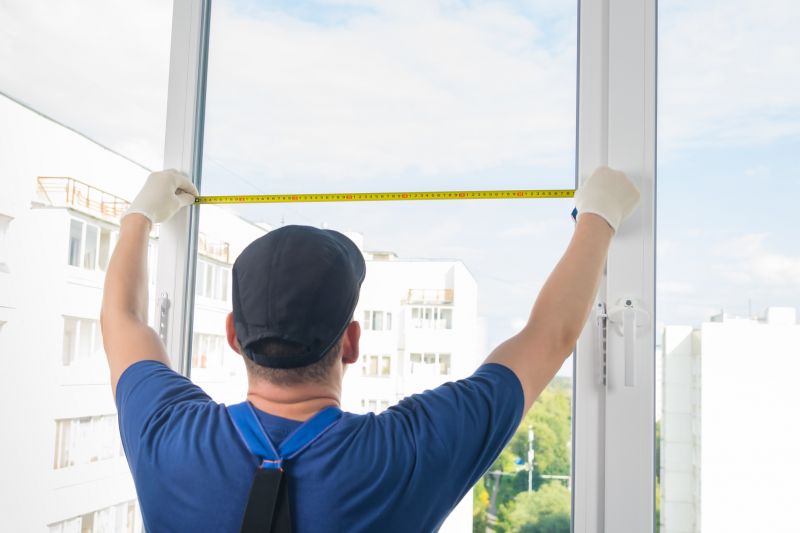
Little measurements that prevent headaches on Plaster Installations day.

A 60-second routine that keeps Plaster Installations looking new.

A frequent mistake in Plaster Installations and how to dodge it.
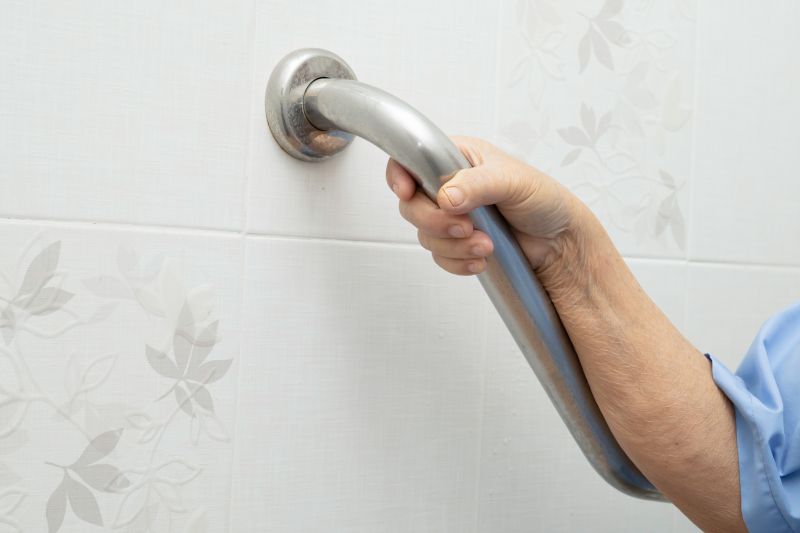
Small tweaks to make Plaster Installations safer and easier to use.
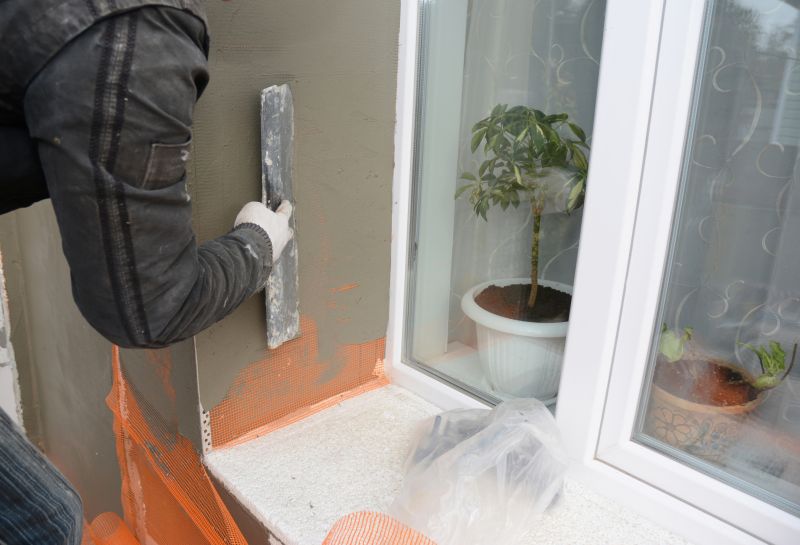
Lower-waste or water-saving choices for Plaster Installations.

The short, realistic tool list for quality Plaster Installations.
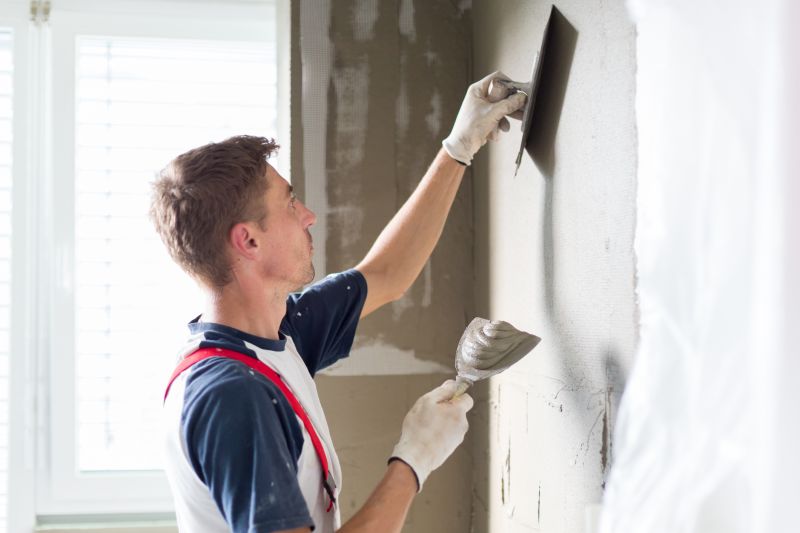
Rough timing from prep to clean-up for Plaster Installations.
For best results, planning plaster projects during periods with predictable, stable weather conditions is essential. Proper preparation and timing contribute to a durable, aesthetically pleasing finish that withstands environmental stresses.
Interested in scheduling a plaster installation? Contact for more information and to discuss suitable timing options for specific project needs.



